i would like to share my gardening pratice with you
ceth_k
11 years ago
Related Stories
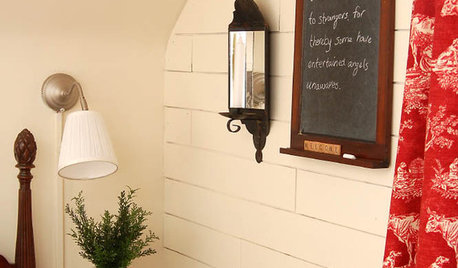
DECORATING GUIDESHouzz Call: Share Your 'Happy Accidents'
If any of your home decorating successes have happened by chance, we'd like to hear about it
Full Story
TASTEMAKERSPro Chefs Dish on Kitchens: Michael Symon Shares His Tastes
What does an Iron Chef go for in kitchen layout, appliances and lighting? Find out here
Full Story
GARDENING GUIDESGreat Design Plant: Knock Out Roses
As glorious as their high-maintenance kin for a fraction of the work, Knock Out roses make even beginners look like garden stars
Full Story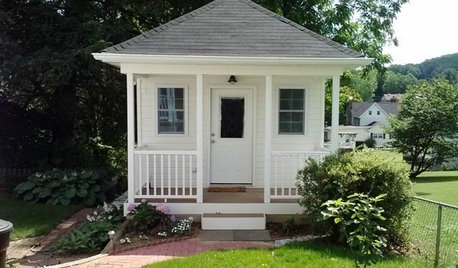
STUDIOS AND WORKSHOPSCreative Houzz Users Share Their ‘She Sheds’
Much thought, creativity and love goes into creating small places of your own
Full Story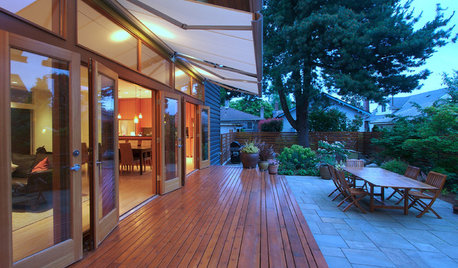
PATIOSPatio Details: Awning-Covered Patio and Playhouse for a Shared Property
A main house’s patio uses a wall of the property’s secondary unit to help create a private outdoor living space
Full Story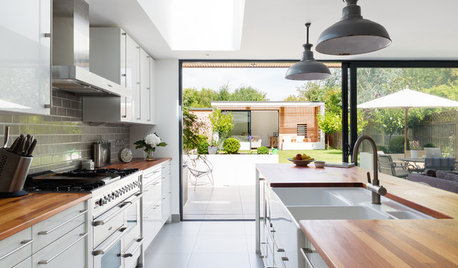
KITCHEN DESIGNA Designer Shares Her Kitchen-Remodel Wish List
As part of a whole-house renovation, she’s making her dream list of kitchen amenities. What are your must-have features?
Full Story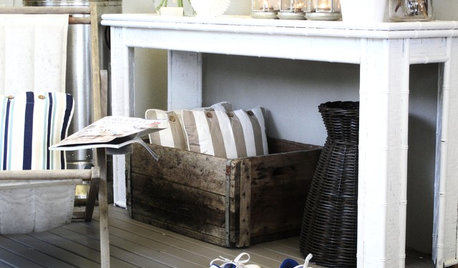
DECLUTTERINGClean Routine: Housework Strategies the Whole Family Can Share
Keep the peace while maintaining a tidy home, with these ideas to get all kinds of cleaning personality types in on the act
Full Story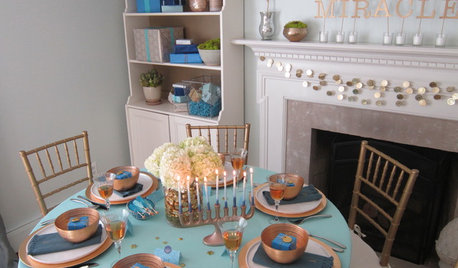
HOLIDAYSHouzz Call: Share Your Personal Holiday Traditions
What winter rituals mean the most to you and yours? Post your stories and pictures
Full Story
LIFETelltale Signs You Live in a Shared House
A fight for counter space and a spreadsheet to organize your morning showers — yep, you have housemates
Full Story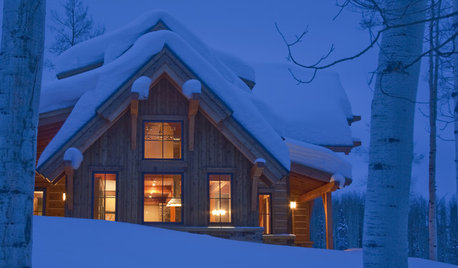
LIFEIs Cabin Fever Real? Share Your Story
Are snow piles across the U.S. leading to masses of irritability and boredom? We want to hear your experience
Full StoryMore Discussions






pnbrown
nil13
Related Professionals
Norton Shores Landscape Architects & Landscape Designers · Salisbury Landscape Architects & Landscape Designers · Allentown Landscape Contractors · Cockeysville Landscape Contractors · Concord Landscape Contractors · Indio Landscape Contractors · Webster Groves Landscape Contractors · West Palm Beach Landscape Contractors · Maple Heights Landscape Contractors · Carlisle Decks, Patios & Outdoor Enclosures · Justice Decks, Patios & Outdoor Enclosures · Olathe Decks, Patios & Outdoor Enclosures · Palmetto Decks, Patios & Outdoor Enclosures · Saint Louis Park Decks, Patios & Outdoor Enclosures · Salisbury Decks, Patios & Outdoor EnclosuresRaw_Nature
TXEB
nil13
Raw_Nature
wayne_5 zone 6a Central Indiana
nil13
Raw_Nature
pnbrown
wayne_5 zone 6a Central Indiana
Raw_Nature
Kimmsr
pnbrown
TXEB
Raw_Nature
wayne_5 zone 6a Central Indiana
Raw_Nature
TXEB
pnbrown
Raw_Nature
wayne_5 zone 6a Central Indiana
ceth_kOriginal Author
flora_uk
nil13
nil13
strawchicago z5
hamiltongardener
ceth_kOriginal Author